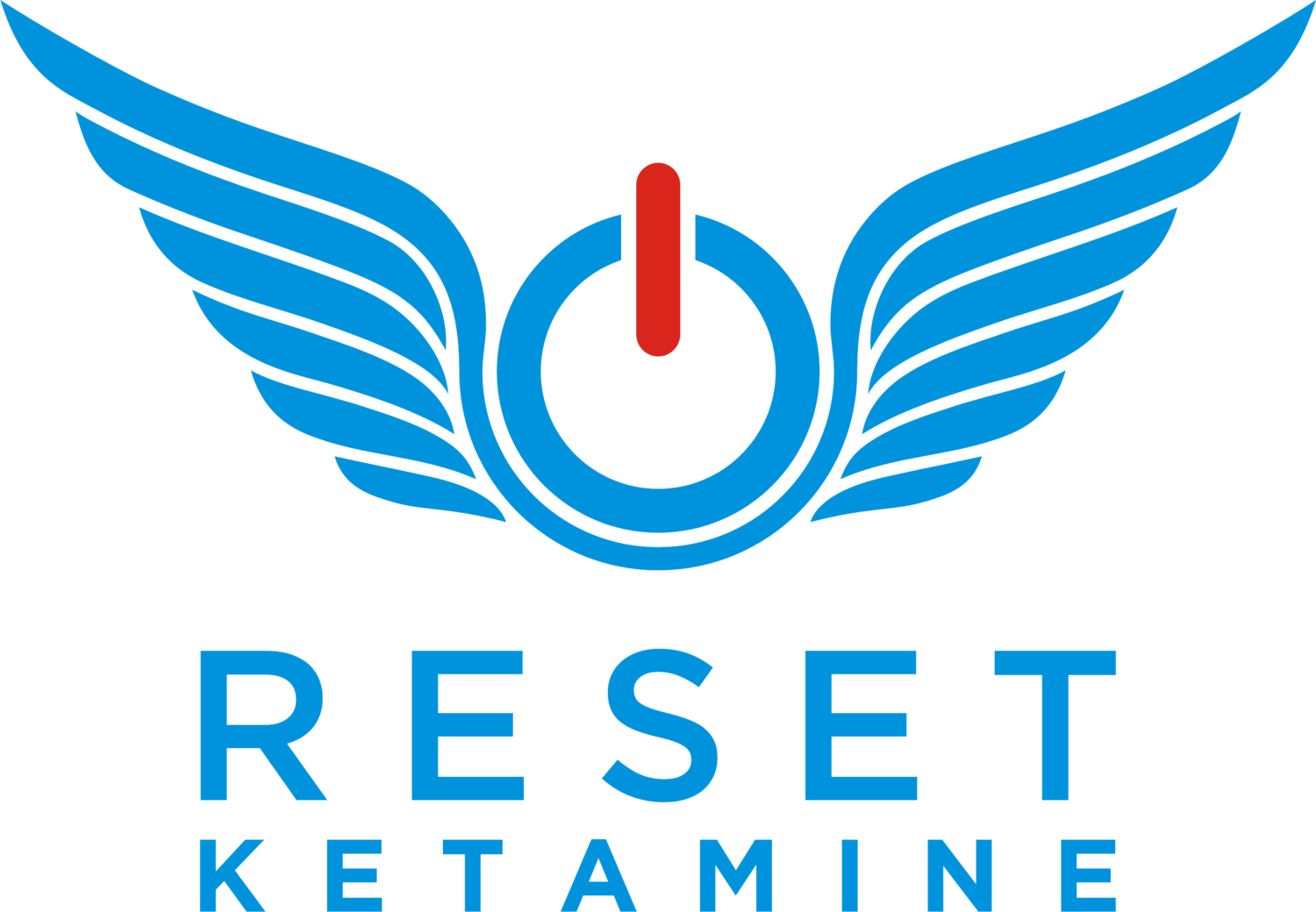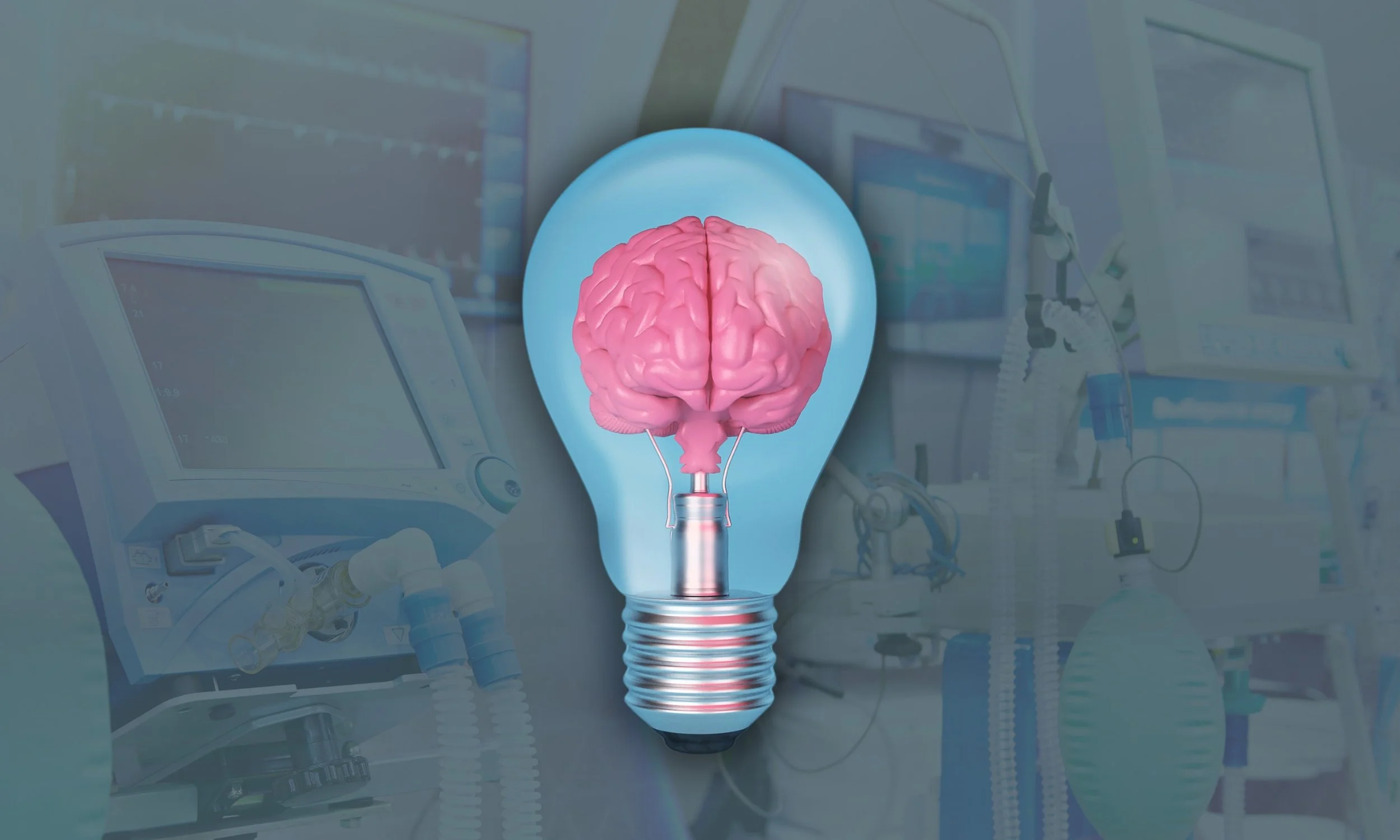This piece was published first on BreastCancer-News.com. For more information about the author, Nancy Brier, click here.
“No fresh flowers,” my doctor said. “Avoid salad. No uncooked food. And don’t bring visitors home.”
Treatment for breast cancer took the better part of a year, and a lot of that time, I spent alone. No wonder cancer sometimes comes with depression.
I had chemotherapy for 16 weeks, and after each session, my white blood cell count dropped dangerously low. It’s a side effect called neutropenic fever, and it nearly took my life. Chemo saved me, but it almost killed me in the process.
During those bouts of fever, my doctor told me to quarantine myself. I couldn’t risk exposure to germs that might weasel into my system. Being around my husband and our daughter was OK because our bodies have built up resistance to each other. Everyone else was off limits.
The only upside was that my sisters cleaned my house. While I was getting infused with life-saving meds, Peg and Jane boiled every surface in our home. They scrubbed trashcans, bleached countertops, and scoured corners. Sometimes I wish I could fake neutropenic fever just to get my house that clean again.
After chemo and surgery, I had a five-minute blast of X-rays every day for six weeks. My hospital was hours from home, and I thought my heart would break when Gary and Lauren waved goodbye in front of our house.
Months later, Gary told my doctor I was depressed.
For as long as I can remember, I’ve battled depression. Childhood trauma left a gash on my soul I’ve tried to patch, and I guess cancer added another layer to that wound.
My oncologist put me on an antidepressant, which helped, but other people haven’t been so lucky. When depression goes untreated, it can be more dangerous than any disease I know. Lots of people haven’t survived it, and studies suggest that breast cancer can increase the risk.
That’s why I attended a lecture in Palm Desert, California, about the link between depression and cancer.
Dr. Samuel Ko, the guest speaker, is a soft-spoken emergency room specialist and a pioneer in treating depression using a drug with a complicated history.
In 1970, the FDA approved ketamine as a dissociative anesthetic used by ER doctors and anesthesiologists for sedation during painful procedures. It’s also been used during wartime as a battlefield anesthetic, in veterinary medicine, and even recreationally as a hallucinogenic drug akin to LSD, MDMA, and mushrooms.
Under the careful supervision of a medical doctor, the off-label use of ketamine can also provide immediate relief to people at risk for suicide due to depression and for others frustrated with attempts to combat depression.
Dr. Ko’s first experience with using ketamine on a depressed patient was in the ER. He said in the speaking session, “The problem with antidepressants is that they take a long time. Sometimes they don’t work at all. Or they have intolerable side effects. Since I’d used ketamine for procedural sedation and done a deep dive into the evidence behind ketamine, I suggested we try it on a patient who’d run out of options.”
Using ketamine to treat depression in the emergency room was — and still is — out-of-the-box thinking. But after an explanation of the latest research, Dr. Ko convinced the charge nurse and staff to try it. Serendipitously, the nurse had a brother with depression and PTSD, and she’d heard about the benefits of ketamine.
“The patient, who was suicidal when she arrived, experienced immediate relief. Although she faced hard work in the future, the agony she presented with was lifted, and I decided I’d create a clinic focused on providing ketamine infusions.”
Although every case is different, most ketamine patients get an infusion three times a week throughout two weeks, for six initial infusions. Then, they get booster infusions until treatment is no longer needed.
Before each treatment, Dr. Ko asks patients to set an intention. He wants them to think about an objective for that session and concentrate on it throughout the infusion. This mind-body connection, he says, is integral to healing.
After talking with Dr. Ko, I visited his infusion room. It has soft colors, an overstuffed recliner, and a view of palm fronds against a blue sky. The patient’s blood pressure, cardiac rhythm, oxygen saturation, and respiratory rate are monitored throughout the process, and a doctor or nurse stays in the room the entire time.
Dr. Ko’s emphasizes that as soon as they’re able, patients need to adopt lifestyle changes to keep depression at bay. Physical exercise, artistic expression, healthy relationships, restful sleep, clean diet, and spirituality are all part of the healing process he advocates.
“Sometimes,” Dr. Ko says, “having depression is like being in quicksand. Ketamine can be the catalyst that helps people get unstuck so they can better help themselves.”










![44 Books to Enhance Your Healing and Growth [2024 Update]](https://images.squarespace-cdn.com/content/v1/5a8dfbc1cf81e0fb77ead442/1533662865639-P70482VR8ZQIDERLRJI6/blur-books-close-up-159866.jpg)
Learn how ketamine therapy affects PTSD, when it may worsen symptoms, and how alternatives like the stellate ganglion block can offer relief.